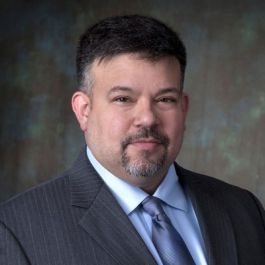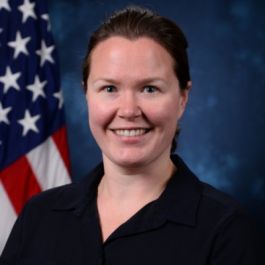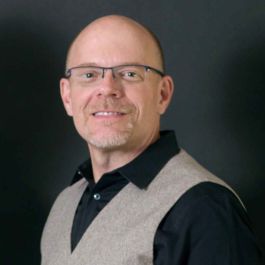Renowned astrophysicist Neil deGrasse Tyson famously said, “Not only do we live among the stars, the stars live within us.”
For the employees at Sierra Space Corporation, this quote could be a line in their project-planning documents. Within the last year, the commercial aerospace company has taken a step closer to allowing more people to explore, work and live beyond the surface of Earth.
By the end of 2023 the Sierra Space team achieved several major milestones, including completing the production of Tenacity — the first autonomous cargo spaceplane in the Dream Chaser fleet.
“The Dream Chaser program has been years in the making,” said Vice President and Program Manager Pablo Gonzalez. “It was an incredibly emotional moment for the whole team to fully witness many years of design, analysis and technology development culminating in the historic moment of delivering the first commercial spaceplane.”
“It was incredibly emotional for the whole team to witness many years of design, analysis and development culminating in the historic moment of delivering the first commercial spaceplane.”
After production of Tenacity was concluded in late 2023, the spaceplane was shipped across the country to NASA’s Neil Armstrong test facility in Ohio for final testing ahead of launch later this year.
“Tenacity is not only the name of the first Dream Chaser, but an apt description of who we are as a team,” said Gonzalez. “She is the product of the unyielding drive of several thousand people to achieve their hopes and dreams of creating the ability to routinely travel to and from space.”
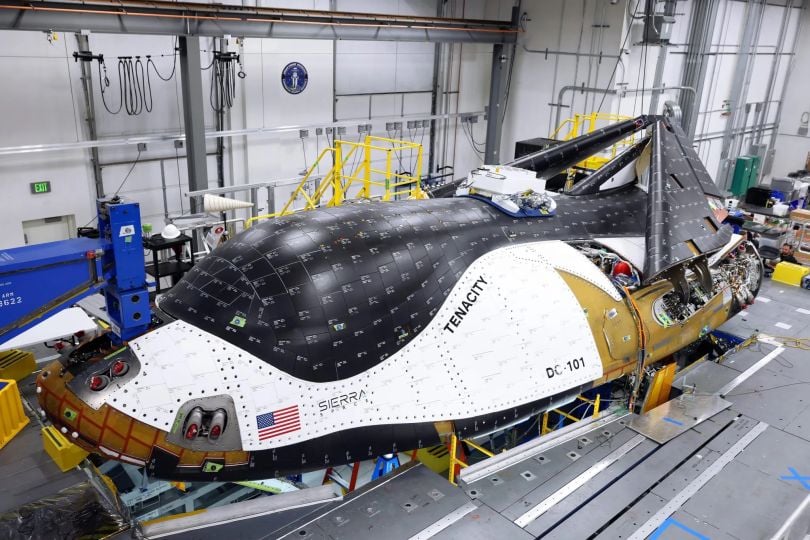
Gonzalez is the program manager for the Dream Chaser programs, which includes an autonomous cargo vehicle, a variant designed to accommodate crew and a modified version of the spaceplane for national security missions.
Senior IPT Manager Stephanie Kaster explained that the work included the installation of avionics, mechanisms, harnessing, fluid lines, thrusters, thermal protection and additional structure, as well as ensuring in-process tests and pressurization activities were completed.
Kaster agreed with Gonzalez that the name Tenacity felt like a reflection of the team that built it. “I am most proud of the team that pulled together and learned to do hard things together,” she added.
WHAT DOES SIERRA SPACE MAKE?
Sierra Space has three primary commercial space capabilities — a spaceplane, space stations and inflatable habitats, and enabling space technology — that all work in harmony to create an end-to-end business and technology platform.
- The Dream Chaser is the name for a fleet of winged commercial spaceplanes that are designed for crew and cargo going to and from low-Earth orbit. The Dream Chaser was selected by NASA for cargo missions to and from the International Space Station. Tenacity is the name of the first vehicle in the fleet.
- The Large Integrated Flexible Environment habitat is an inflatable space habitat that has room to accommodate scientific research laboratories plus space for astronauts’ needs for living and working, including a garden to produce fresh food. The LIFE habitat is 18 feet tall and 27 feet in diameter.
- The Space Technology capability includes development of rocket engine and propulsion systems, precision space mechanisms, complex spacecraft subsystems and environmental systems. Sierra Space engineers are experts in precision motion control, low-shock separation and passive thermal control technologies.
“These accomplishments showcase Sierra Space delivering upon the promise of building a platform in space to benefit life on earth,” said Gonzalez. “Having the first commercial spaceplane, building the first commercial space station and building the infrastructure to use space as a commercial asset is a game changer.”
Next, the Sierra Space team is moving from operational testing to the launch pad at Kennedy Space Center and then to the International Space Station.

Testing for Launch
In November 2023, Kaster’s team shipped Tenacity and its Shooting Star cargo module to NASA’s Neil Armstrong facility in Ohio for integrated testing. It marked the first completed vehicle shipped from the company’s Louisville, Colorado, facility.
“This moment was the culmination of years of design, development and build and an epic win for Sierra Space,” said Kaster. “Experiencing the company rallying to complete our first-time build was awesome, and experiencing the perseverance from folks was inspiring.”
Kaster leads the teams that deliver the structural, mechanical, electrical, fluids and thermal protection systems for the Dream Chaser space planes and Shooting Star cargo modules. In short, that means Kaster is responsible for safe, on-time and on-budget delivery of the company’s space vehicles.
“Adaptability and creative solutions have been a trademark of this build,” said Kaster. “The ‘mic drop’ moment of the shipment of our first vehicle was a strong statement of what we can do as a company and our commitment to success. We can deliver on our one-of-a-kind products, and we’re here to stay.”
She continued, “Enabling the return of winged spaceflight after the end of the space shuttle era is our contribution to humanity as we lean into the legacy of those that unlocked the exploration of space. I am humbled to be part of it.”
“Enabling the return of winged spaceflight after the end of the space shuttle era is our contribution to humanity.”

Under Pressure
In the ever-evolving landscape of space exploration and commercialization, Sierra Space’s Large Integrated Flexible Environment habitat stands as a pioneering concept that will reshape how humans live and work in space.
Senior Director of Engineering Shawn Buckley serves as the chief technologist and the subject matter expert for the inflatable LIFE habitats. According to Buckley, this innovative “soft goods” technology has been in development for over 30 years, but the materials and technology have only been readily available more recently to support the required advancements to develop human-rated modules in production form.
LIFE launches on a conventional rocket and inflates on orbit. The first product in the roadmap, LIFE 1.0, is a large, three-story structure that is 27 feet in diameter. Equivalent to one-third the volume of the International Space Station, he LIFE habitat can comfortably sleep four astronauts with additional room for science experiments, exercise equipment, a medical center and Astro Garden system, which can grow fresh produce for astronauts on long-duration space missions. The habitat is primed for extended human habitation, both for low-Earth orbit missions and for long-duration voyages, such as Lunar and Mars surface habitation.
Buckley led the team that started the pressure-shell testing in 2022, where they started with models at a one-third scale. The team completed five successful one-third scale tests and recently completed the first full-scale “ultimate burst pressure test” in the last quarter of 2023.
“Our first full-scale LIFE habitat test occurred at NASA’s Marshall Space Flight Center and will usher in a new era of space habitation,” said Buckley. “This test was the first in a series of tests toward our soft goods certification of our primary pressure shell, otherwise known as the restraint layer.”
Buckley was part of the Bigelow Aerospace team that placed a module on the International Space Station and will soon be part of the team that places the first inflatable commercial space station into orbit.
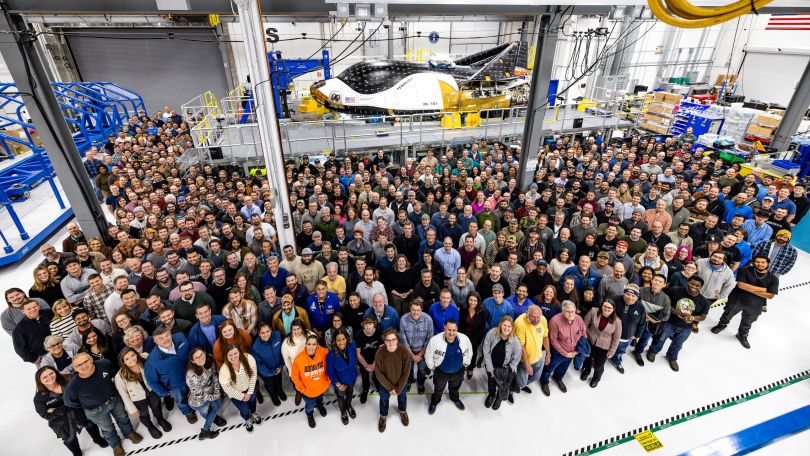
“The team has learned that through hard work, innovation and creativity, they can accomplish great things if they put forth the effort,” said Buckley. “Through the challenges, lessons learned and engineering advancements, the team has grown to understand that we can succeed through our failures and successes — they both hold equal weight.”
“We have challenged ourselves to meet and exceed our requirements and to hold ourselves accountable,” said Buckley. “It has been truly mind blowing seeing how our team has set goals and surpassed them with the products we have been delivering.”
“We are changing history with our mission,” concluded Kaster. “Our team is fully committed to success at the finish and excellence in the path to get there.”



